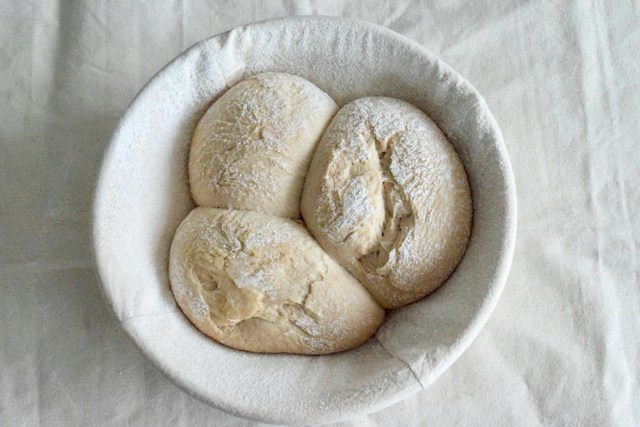Ribbon blenders are an excellent choice for mixing ingredients with different particle shapes, sizes, and densities. They also work well with fragile or brittle ingredients.
Using an automated ribbon blender saves time and reduces the need for manual labor. This results in improved batch consistency and lower overall processing costs.
Motor and Electrical Components
A ribbon blender is quick to use, requires minimal maintenance, and can be customized to specific needs. This is one reason they are an excellent choice for pharmaceutical applications.
It’s important to understand that a ribbon blender’s performance is limited by its volumetric capacity. Optimal mixing requires enough batch material – usually thirty to forty percent of the blender’s rated volumetric capacity. Small batches need more bulk density to generate contact between the agitator and the product.
It’s also critical to choose the right size ribbon blender. Ribbons are pitched to move material axially (in opposite directions) and radially and operate at tip speeds of 300 feet per minute. A direct drive arrangement, rather than belts or chains, reduces horsepower and efficiency losses and avoids imposing excessive load on bearings. Regular greasing of the reducer belt and chain is also required to extend their life. The main shaft sealing rope should be examined and replaced every week if needed.
Filling the Vessel
Ribbon blenders are used across various process industries to mix powder blends. These versatile workhorses can handle a variety of formulations and ingredients, including seasonings, beverage mixes, pharmaceutical, chemical, and plastic powders.
Ribbon mixers work well when blending similar particle size and bulk density ingredients. A ribbon mixer overloaded with ingredients with significant differences in these properties can produce inconsistent results and potentially damage the mixer.
Choose a ribbon blender with a low-to-medium batch size to ensure consistent mixing. A higher-than-recommended batch size may reduce the ribbon agitator’s effectiveness by forcing it to move too fast to blend the ingredients effectively.
For more consistency, opt for a dust-tight discharge valve, clamps to secure the gasket cover, and lantern rings to provide air purging of the packing gland during blending. These features reduce dusting and protect the ribbon agitator’s shaft from premature wear.
Variable-Speed Controls
Your ribbon mixer’s motor and electrical components require regular monitoring to ensure they function optimally. Inspect these parts for signs of overheating, damage, or unusual noises. If you notice any issues, schedule a repair to prevent costly downtime and insufficient blending results.
Ribbon blenders feature a U-shaped trough with solid agitator shafts supporting outer and inner helix blades. As the agitator rotates, the outer ribbons circulate material toward the center of the mixer while the inner ribbons move material away from the wall. Combined with some radial movement from the blades, these two movements create a dense blend that can reach the desired degree of consistency.
Clear view covers and shaft guards with removable sections allow operators to monitor the contents of the blender during agitation without opening the cover at several intervals, which increases worker safety. Options like air-purged mechanical seals, sanitary valves, and load cell systems provide additional customization for your application.
Maintenance
Ribbon mixers can handle various ingredients, from dry powders to viscous pastes and creams. They are often paired with agitators that use paddles, blades, or plows that transfer shear through the product while mixing.
These highly effective mixers provide quick, consistent results for quality products. But they are not without their challenges. Common problems include material buildup, bearing failure, and motor overload. These issues can result in inefficient operation, higher energy consumption, and even safety hazards.
Achieving an efficient and productive blending process requires attention to detail upstream and downstream of the blender. Choosing the right equipment, customizing its features, and maintaining proper use and cleaning can help you get the most out of your ribbon blender. To ensure the best possible outcome for your specific application, work with a supplier that can test your mixture to verify the optimal mixer configuration and capacity. This can eliminate concerns over undermixing or overmixing, ensuring consistency and accuracy in your final product.



